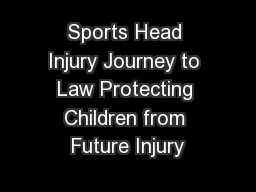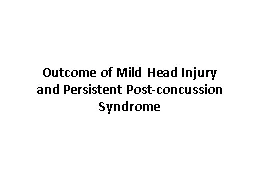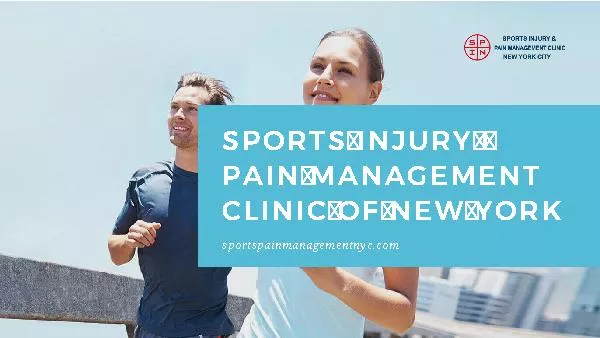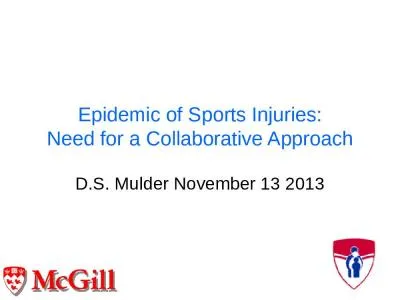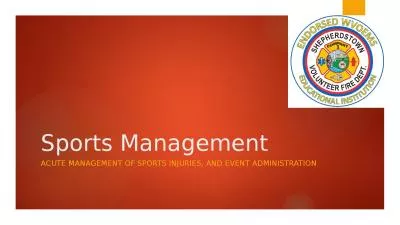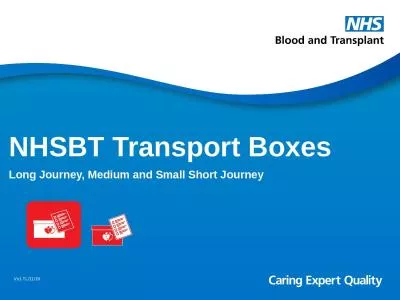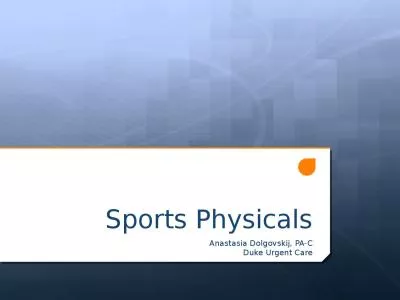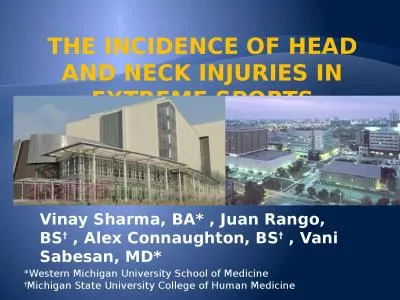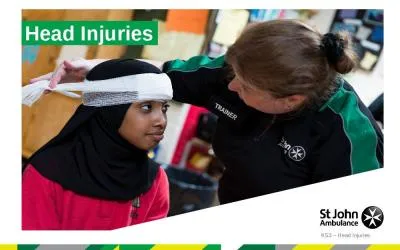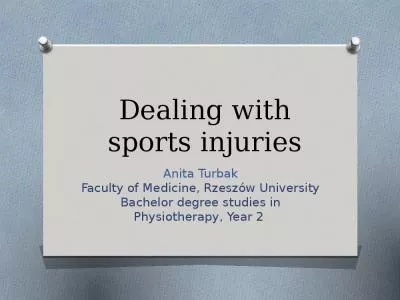PPT-Sports Head Injury Journey to Law Protecting Children from Future Injury
Author : everfashion | Published Date : 2020-06-15
Brian P Rieger PhD Chief Psychologist amp Clinical Assistant Professor Department of Physical Medicine amp Rehabilitation SUNY Upstate Medical University Director
Presentation Embed Code
Download Presentation
Download Presentation The PPT/PDF document "Sports Head Injury Journey to Law Protec..." is the property of its rightful owner. Permission is granted to download and print the materials on this website for personal, non-commercial use only, and to display it on your personal computer provided you do not modify the materials and that you retain all copyright notices contained in the materials. By downloading content from our website, you accept the terms of this agreement.
Sports Head Injury Journey to Law Protecting Children from Future Injury: Transcript
Download Rules Of Document
"Sports Head Injury Journey to Law Protecting Children from Future Injury"The content belongs to its owner. You may download and print it for personal use, without modification, and keep all copyright notices. By downloading, you agree to these terms.
Related Documents

